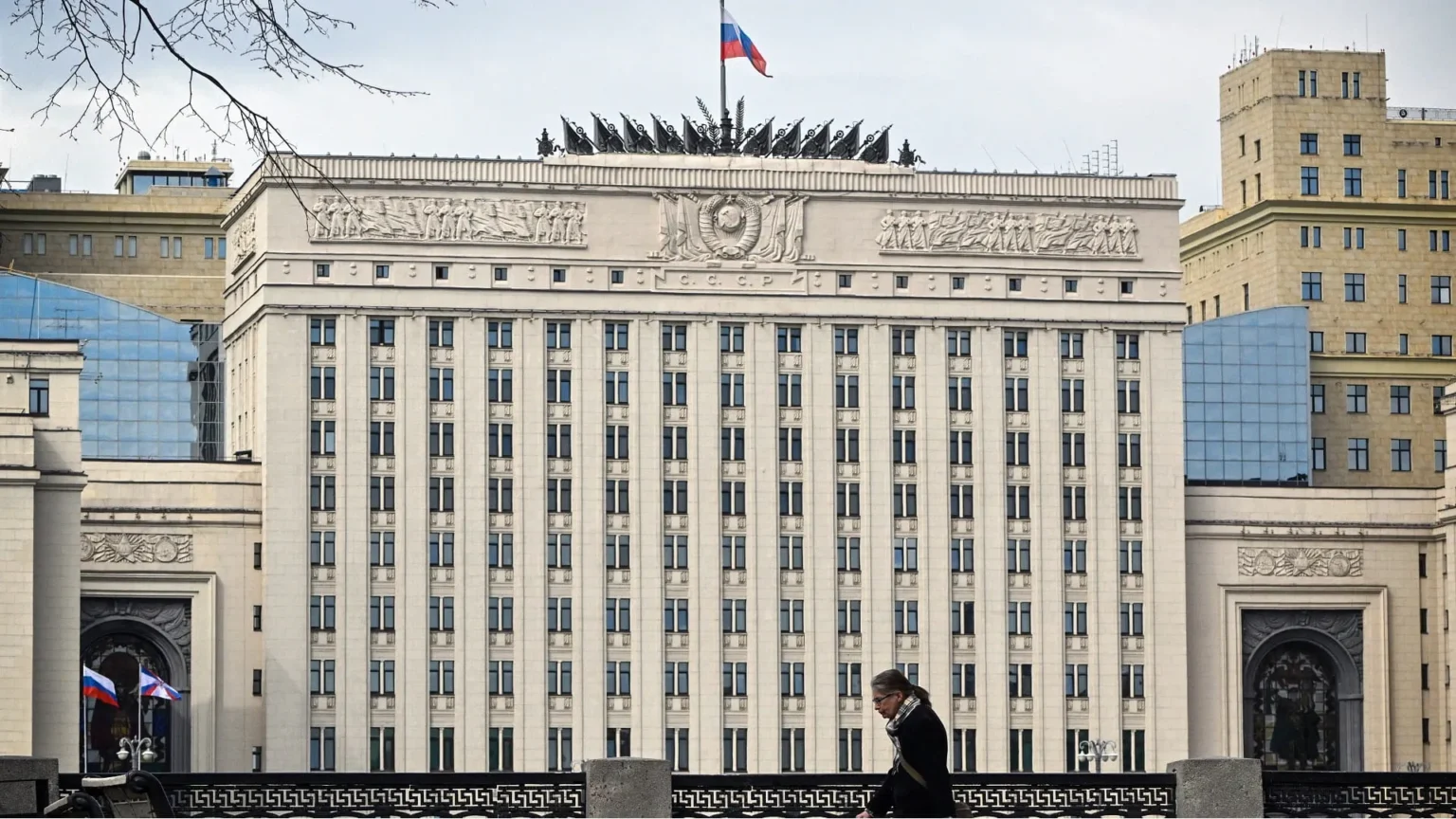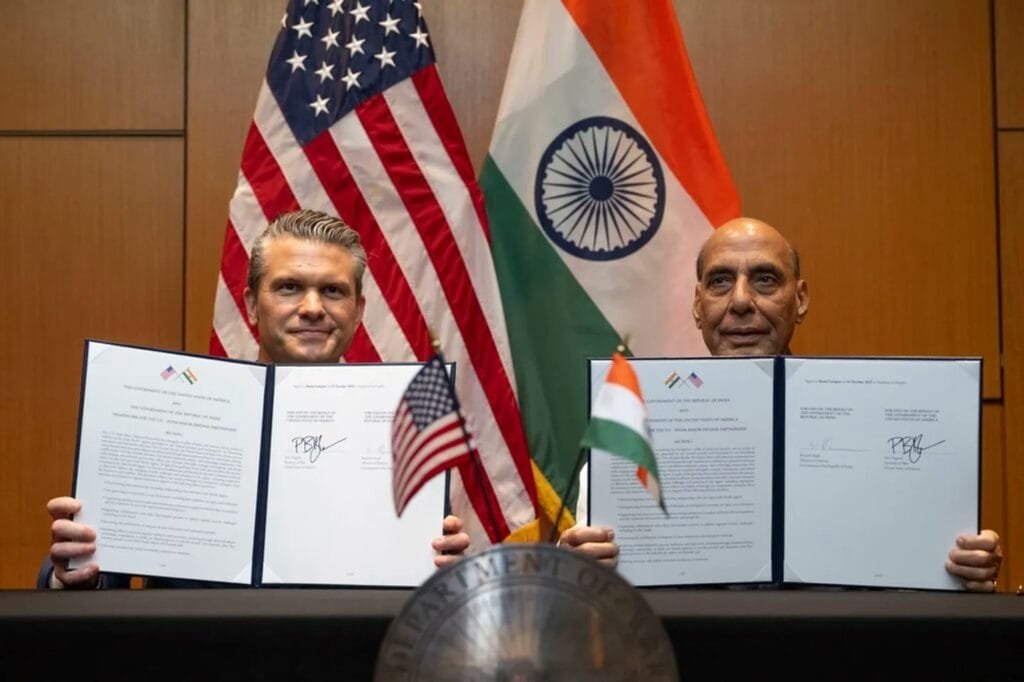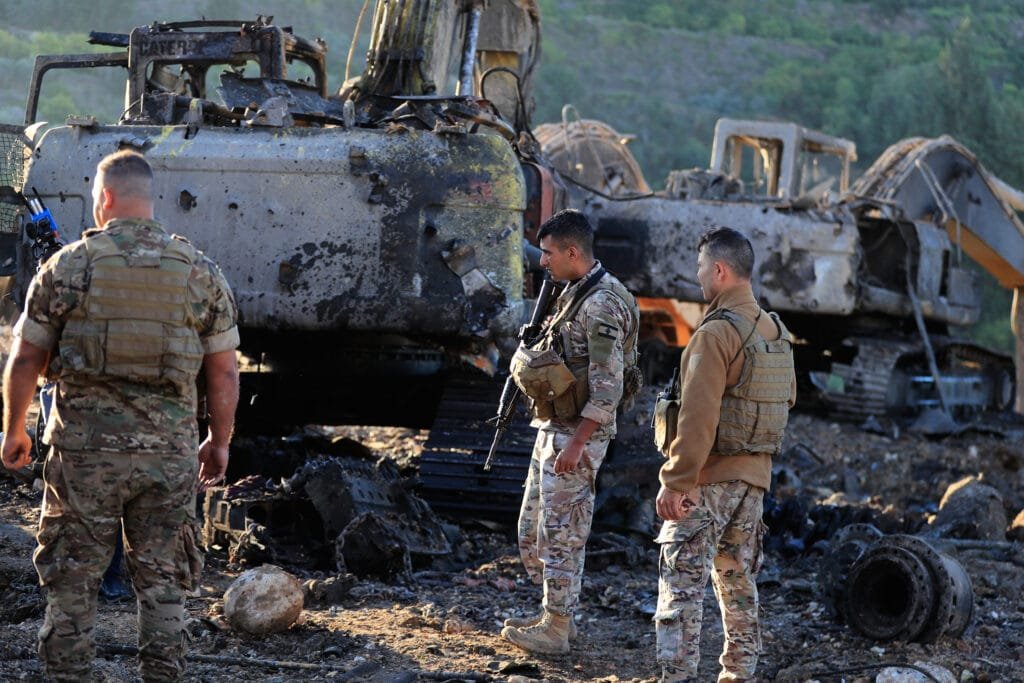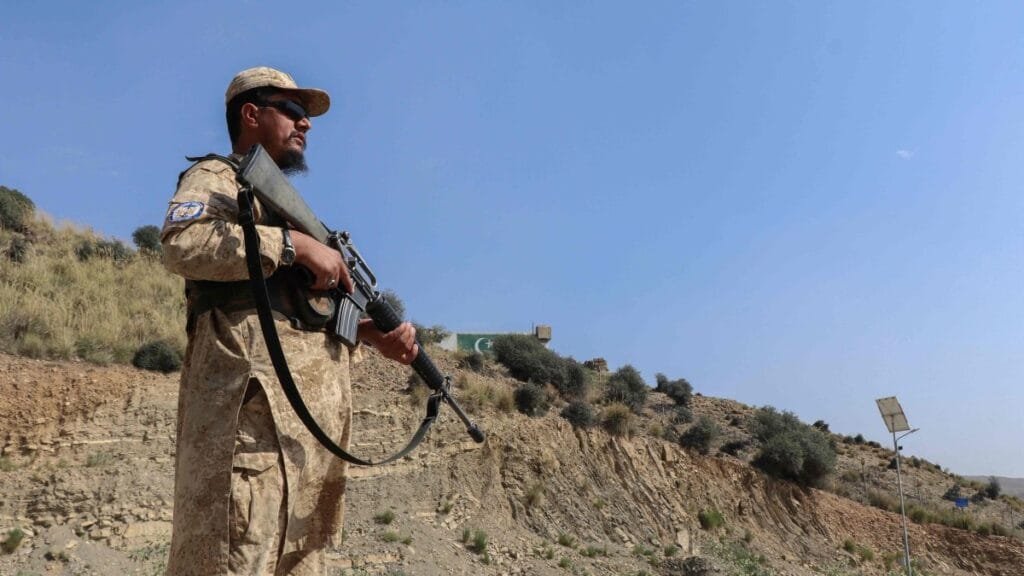Russia has firmly rejected Estonia’s allegations that its MiG-31 fighter jets violated Estonian airspace on September 19, insisting instead that the aircraft remained over neutral Baltic Sea waters and adhered to all international air traffic norms.
According to the Russian Defence Ministry, the flight, originating from Karelia in Russia’s northwest and en route to its Baltic exclave of Kaliningrad, followed an agreed-upon route and did not cross into Estonian sovereign airspace. The ministry’s statement asserted the jets stayed more than three kilometres from Estonia’s Vaindloo Island, flew over international waters, and did not deviate in either path or altitude.
Estonia, for its part, maintains that three Russian MiG-31s entered its airspace without permission, remained inside for about 12 minutes, flew with their transponders off, lacked radio contact with air traffic control, and did not file flight plans. Tallinn describes the incident as “unprecedentedly brazen.”
In response to the dispute, Estonia has summoned Russia’s charge d’affaires to deliver a formal diplomatic protest and has invoked NATO’s Article 4, seeking consultations with its allies over what it views as a heightened threat to its territorial integrity.
The incident underscores rising tensions in the Baltic region, where sensitive airspace issues are increasingly seen as tests of NATO’s resolve and readiness. Whether international investigations or corroboration of flight paths by third parties will change the positions of either side remains to be seen.





